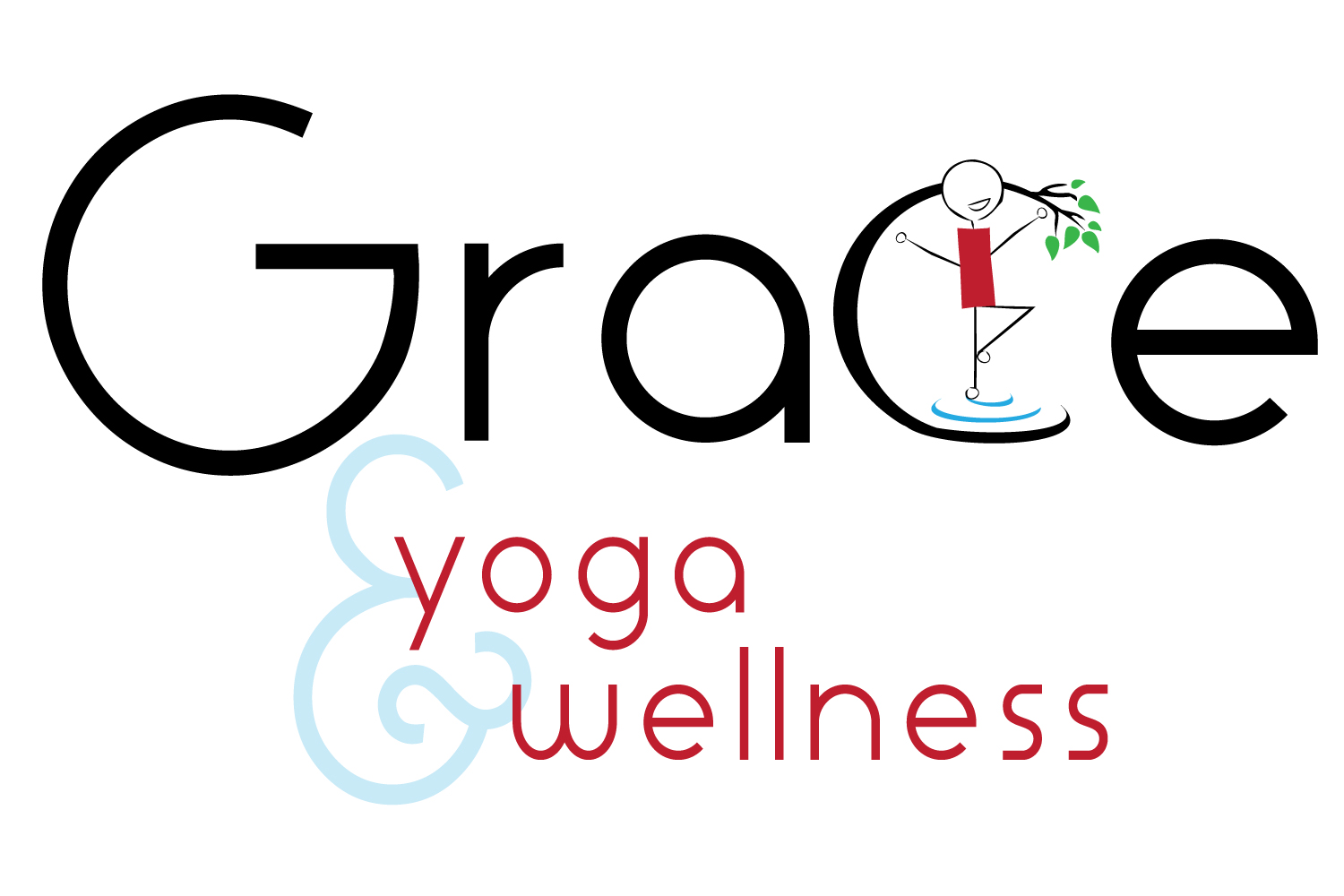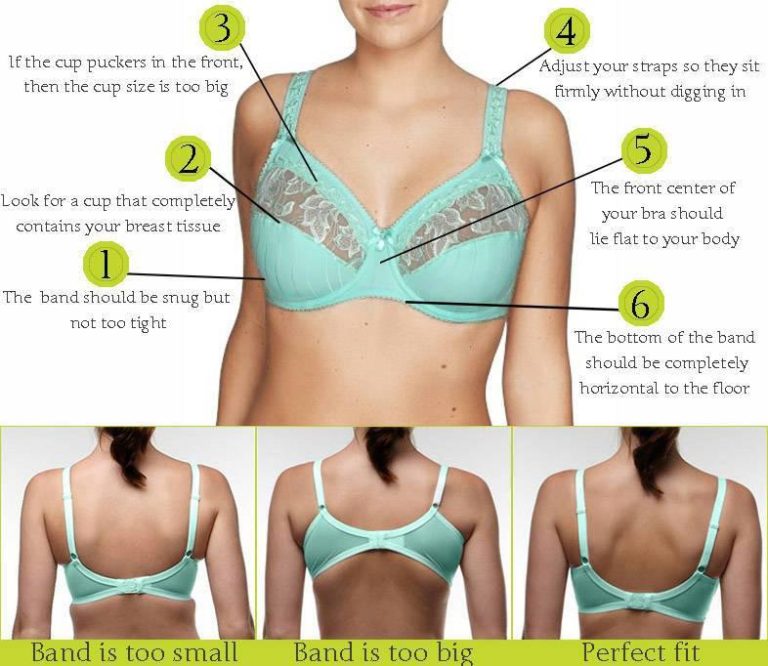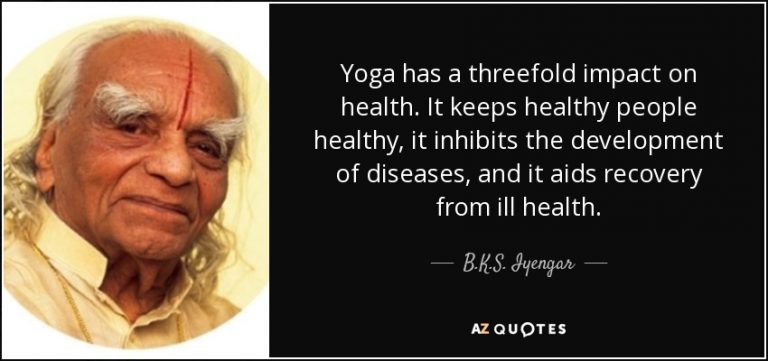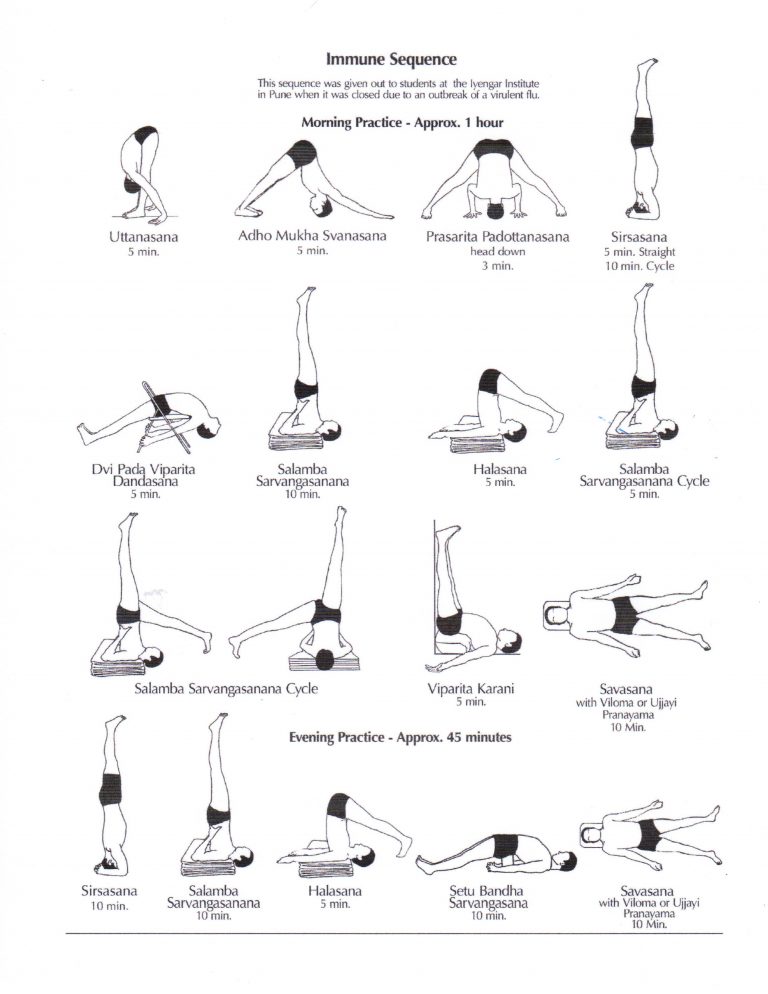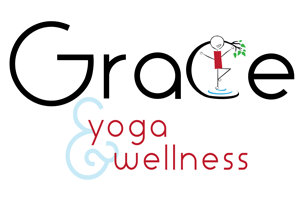What is the big Deal with Alignment?
Alignment in the asanas may seem to deal only with the physical body, but the asanas affect the chemical messages sent from the brain as well changing every cell in the body for positive or negative. When the asanas are practiced with discrimination and awareness; they bring the body, mind, intelligence, nerves, consciousness, and the self together into a single, harmonious whole. The physical body includes the bones, muscles, skin, tissue, heart, lungs, liver, spleen, pancreas, intestines, other organs, nerves, and brain.
- As a beginner student, you should focus your effort on the physical body; as well as the stability of the pose.
- More experienced practitioners will be attending to finer details of the physical body.
- An intermediate student, you will work with your body in the asanas and notice that your mind is affected by your pose as well. You must extend your mind to touch every part of your body; this is both reflective and meditative.
In this gradual way of practice, you will experience the asanas at the physiological level and not only a physical level.
Asanas are bio-physio-psychological poses, through which we build up many dams inside our body. Blood and energy are brought to these dams which then open very gradually, allowing the organs to absorb fresh healing blood and energy. The asanas position the organs so that they are massaged, relaxed, and toned into health. Once both sides of the body become balanced, undue stress is removed from the circulatory, respiratory, digestive, reproductive, and excretory systems.
Asana should not be mechanical; it should be a thoughtful process of balance between movement and resistance.
Weight must be evenly distributed over muscles, bones, and joints with intelligence engaged at every level. At that point, space will have been created in the muscles and skin, and the whole body will be fit into the asana.
Here are some basic alignment directions for Dandasana. Notice how the instructions are very simple. The challenge is to ‘hear’ the instructions and ‘see’ that your body is actually doing what is asked. As you may have noticed, our minds can be very optimistic about what our bodies are doing, and we may think our knees and toes are pointing to the ceiling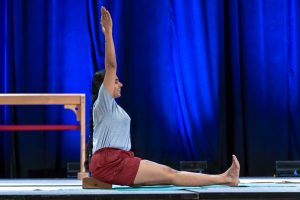 only to realize that one leg is bent and turned out. For this reason, it is a good idea to practice in front of a teacher. Your yoga teacher can help you practice ‘hearing’ the instructions and ‘seeing’ what your body can do as you extend your mind.
only to realize that one leg is bent and turned out. For this reason, it is a good idea to practice in front of a teacher. Your yoga teacher can help you practice ‘hearing’ the instructions and ‘seeing’ what your body can do as you extend your mind.
Dandasana (Staff Pose) sit evenly on the sit bones; the thighs, knees, ankles, and feet together; center thigh, knee and toes pointing to the ceiling; hands on the floor behind your body, fingers pointed forward; lift the chest; head and spine in line and perpendicular to the floor
